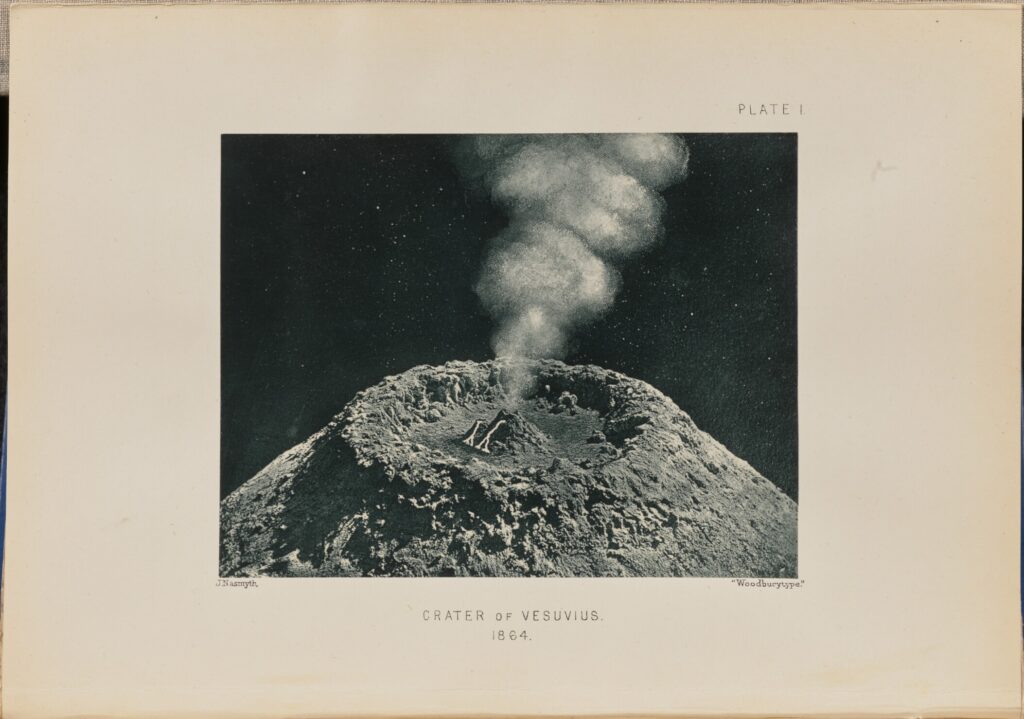
"At the moment, there's no bet­ter way to see any­thing in space than through the lens of the James Webb Space Tele­scope. Pre­vi­ous­ly fea­tured here on Open Cul­ture, that ten-bil­lion-dol­lar suc­ces­sor to the Hub­ble Space Tele­scope can see unprece­dent­ed­ly far out into space, which, in effect, means it can see unprece­dent­ed­ly far back in time: some 13.5 bil­lion years, in fact, to the state of the ear­ly uni­verse."
"Such images would scarce­ly have been imag­in­able to James Nas­myth, though he might have fore­seen that they would one day be a real­i­ty. A man of many inter­ests, he seems to have pur­sued them all dur­ing the nine­teenth cen­tu­ry through which he lived in its near-entire­ty. His inven­tion of the steam ham­mer, which turned out to be a great boon to the ship­build­ing indus­try, did its part to make pos­si­ble his ear­ly retire­ment."
The James Webb Space Telescope offers the most powerful view of space, reaching about 13.5 billion years into the early universe and delivering unprecedented images since 2022. Those images reveal distant galaxies and nebulae with levels of detail never seen before. James Nasmyth, a nineteenth-century inventor and polymath, created the steam hammer which accelerated shipbuilding and enabled his early retirement. After retiring he pursued astronomy and photography, and in 1874 he and James Carpenter published The Moon: Considered as a Planet, a World, and a Satellite, featuring strikingly detailed lunar photographs despite limited telescope-photography technology.
Read at Open Culture
Unable to calculate read time
Collection
[
|
...
]